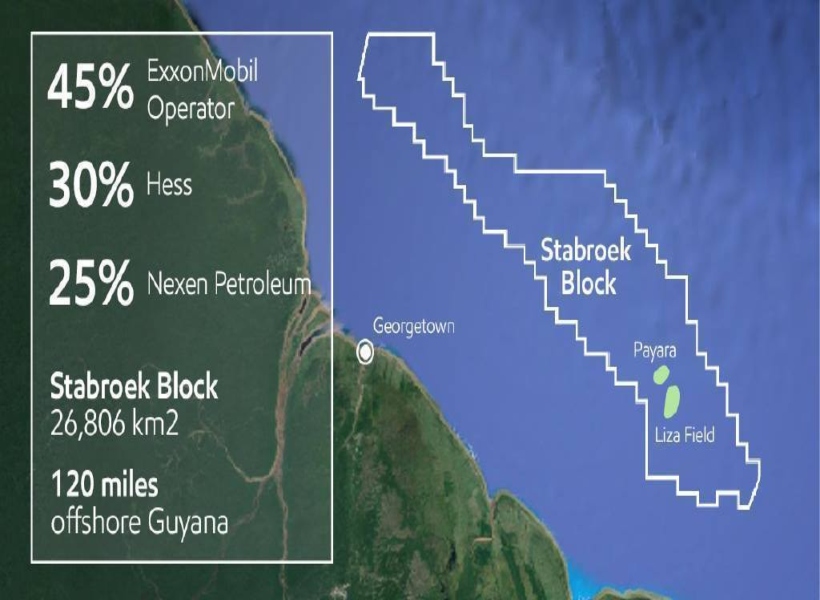Even though the COVID-19 pandemic has unleashed unprecedented pains on major oil producers while putting billions of dollars in offshore projects on hold, Guyana can continue to breathe easily for now since its oil just has too many attractive qualities to not survive these turbulent times. Making this point recently was Matthew Smith, a veteran investor, investment management professional, and frequent contributor to Oilprice.com.
Smith, in his most recent writings, noted that one of the key qualities of Guyana’s oil is that it comes from high-quality, oil-bearing sandstone reservoirs. The veteran investor said, “That indicates it is light sweet low sulfur crude oil, meaning it has a high API gravity greater than 30 and sulfur content less than 0.5%.” The veteran investor said that demand for light, sweet, crude is growing because of low refining costs and stricter pollution regulations aimed at reducing emissions from vehicles and ships.
Further to this, he noted that the increasing strictness of emission regulations means that higher-quality fuels are required, which are more easily produced from light sweet crude. Smith said this is particularly important for maritime fuels because of the introduction of the International Maritime Organization (IMO) regulation 2020, which sets the maximum sulfur content of marine fuels at 0.5%.
In addition to this, Smith noted that Guyana’s low breakeven costs for projects in the Stabroek Block also make it an attractive bet despite the pandemic. The investment management professional noted that the prices are falling at a steady clip as technology, knowledge, and drilling practices improve. Initially, Smith wrote that offshore projects in Guyana were estimated to have breakeven costs of around US$40 per barrel Brent but this has fallen significantly over the last year to US$35 per barrel. In a few years, it is expected to drop to US$25 per barrel breakeven price.
With these and other factors in mind, Smith confidently noted that Guyana will continue to attract significant interest from global energy majors despite the current oil price slump and the COVID-19 pandemic.
Understanding API readings for oil
API gravity is a commonly used index of the density of crude oil or refined products. API stands for the American Petroleum Institute, which is the industry organization that created this measure.
A crude oil will typically have an API between 15 and 45 degrees. Higher API indicates a lighter (lower density) crude. Lower API indicates a heavier (more dense) crude. Generally, lighter (high API) crudes are more valuable because they yield more high-value light products when run through a refinery. Light crude is typically in the 35-45 API range.
Crudes lighter than 45 are typically considered extra-light crude or condensates and are valued lower than light crude because they contain a lot of light ends such as propane and butane. A medium crude is in the 25-35 API range, and a heavy crude is in the 15-25 API range. Anything below 15 API would be considered an extra-heavy crude.( See link for further information https://www.mckinseyenergyinsights.com/resourc/refinery-reference-desk/api-gravity/)











